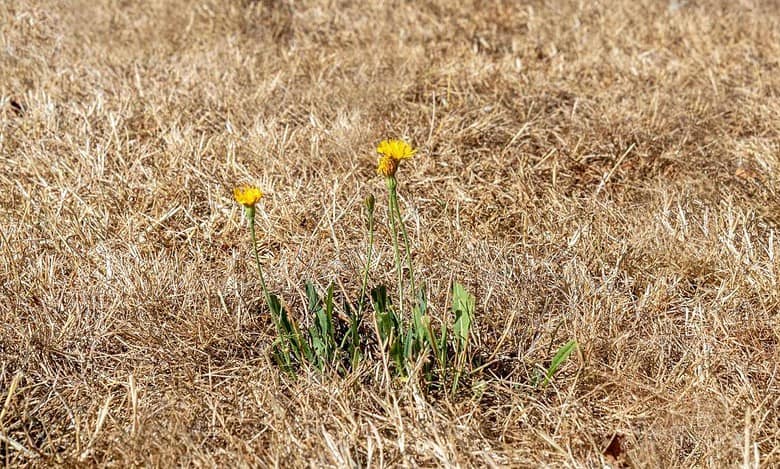
About 10% of Flanders is forest land and about 9% of Flanders is privately owned gardens. About 30% of those ‘our’ private gardens are paved, the rest we are usually very creative, aren’t we? Because did you know that “lawn” is the magic word for 8 out of 10 families . We have more than 50 synonyms for the word. From peloese, pine pale, splint, lawn, … to ordinary turf.
Also in urban areas ‘lawn’ is a very popular use for green zones and accounts for 70 to 75%.
But don’t let that turf be an example of biodiversity, … on the contrary.
A 2019 study ” Ecological and economic benefits of low-intensity urban lawn management , “ published in the journal of Applied Ecology science magazine, uncovered much more.

Christopher Watson is an Australian botanist and environmental scientist and his team conducted lengthy research. They found strong evidence that increased mowing intensity of urban lawns — including parks, roundabouts and roadsides — had negative ecological effects, particularly on invertebrate and plant diversity. Pests, on the other hand, benefited from intensive lawn management.
Even a modest reduction in lawn mowing frequency can provide numerous environmental benefits: more pollinators, greater plant diversity and reduced greenhouse gas emissions. At the same time, a longer, healthier lawn makes it more resistant to pests, weeds and drought.
Frequent mowing mainly causes the soil to weaken and weeds to thrive. For example, ‘ Ambrosia artemisiifolia ‘ the hay fever plant loves all that mowing. This plant is an exotic species that mainly ends up in our gardens via bird feeder. But is a horror for hay fever patients.

Not only are these pollen many times more potent than pollen from native grasses and trees, but they extend the pollen season by more than 2 months.
Or to make a long story short. With a little ‘less effort’ and a little less mowing, we can already take a step in the right direction.
In 2019, the ‘byebyegrass’ campaign wanted to encourage everyone to let their hair go wild. That’s a start. But you can go one step further… What if you had a labor-poor garden that also offers you a lot of goodies for 10 months a year. That’s what a food forest could do for you.

